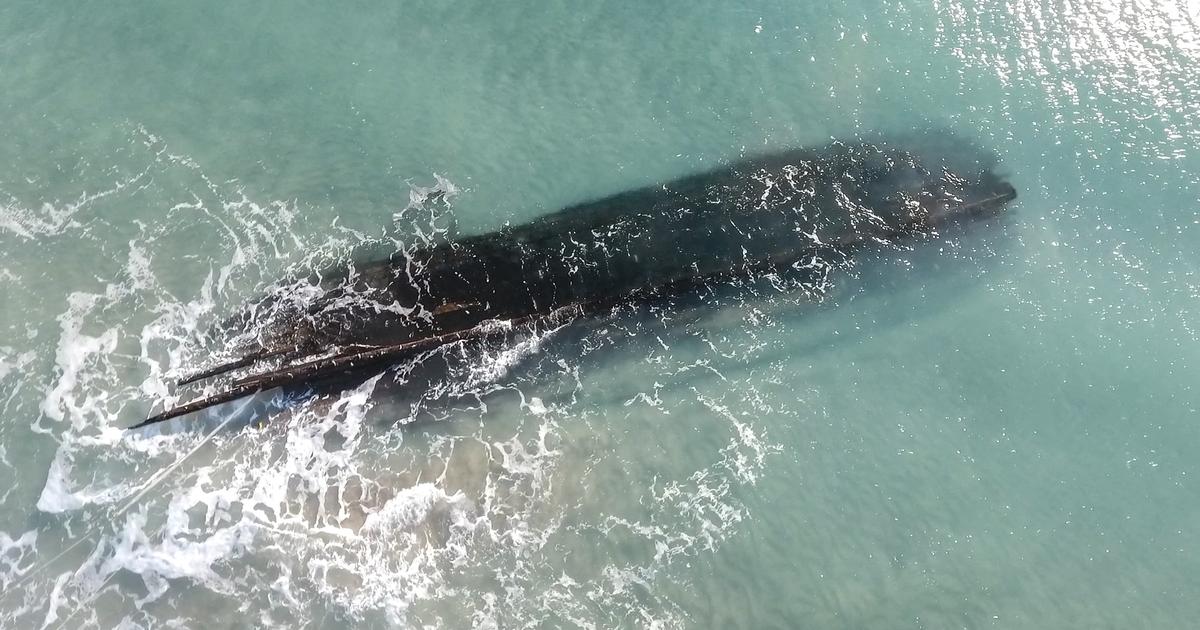A mission has been launched to find out the origin of a ship wreck measuring more than 30 meters that recently appeared near the coast of Newfoundland, in eastern Canada, and appears to date from the 19th century, an archaeologist explained on Tuesday .
The wreck was first seen on January 20 very close to the coast of Cape Ray, in the Gulf of St. Lawrence, a coastal region known for its shallow rocks and as a real “
magnet”
for wrecks according to Jamie Brake, archaeologist for the province of Newfoundland and Labrador.
During a press conference organized on Tuesday, he considered it
“likely”
that the powerful Hurricane Fiona, which hit the east coast of Canada head-on in September 2022, contributed to dislodging the carcass of the ship from the seabed.
The scientist explained that a team of archaeologists and volunteers were able to take pieces of wood, metal objects and samples of boards from the wreck so that they could be analyzed in the laboratory.
“We now hope to be able to identify the age and species of the wood, as well as the composition of the metal, to obtain clues to the
exact age and origin” of the ship, explained Mr. Brake.
According to him, it is
“impossible to extirpate the wreck and preserve it intact”
.
“There have been thousands of shipwrecks over the years”
near Newfoundland, where
“European navigation has existed for hundreds of years
,” said Mr. Brake.
A large majority of the current inhabitants of this former British colony are descendants of English and Irish who came to settle between the 16th and 19th centuries.
Since it became visible from the coast, the wreck has aroused the curiosity of locals.
It’s
“a pretty astonishing thing to see, I understand why it captures the imagination and interests people so much
,” said Jamie Brake.

